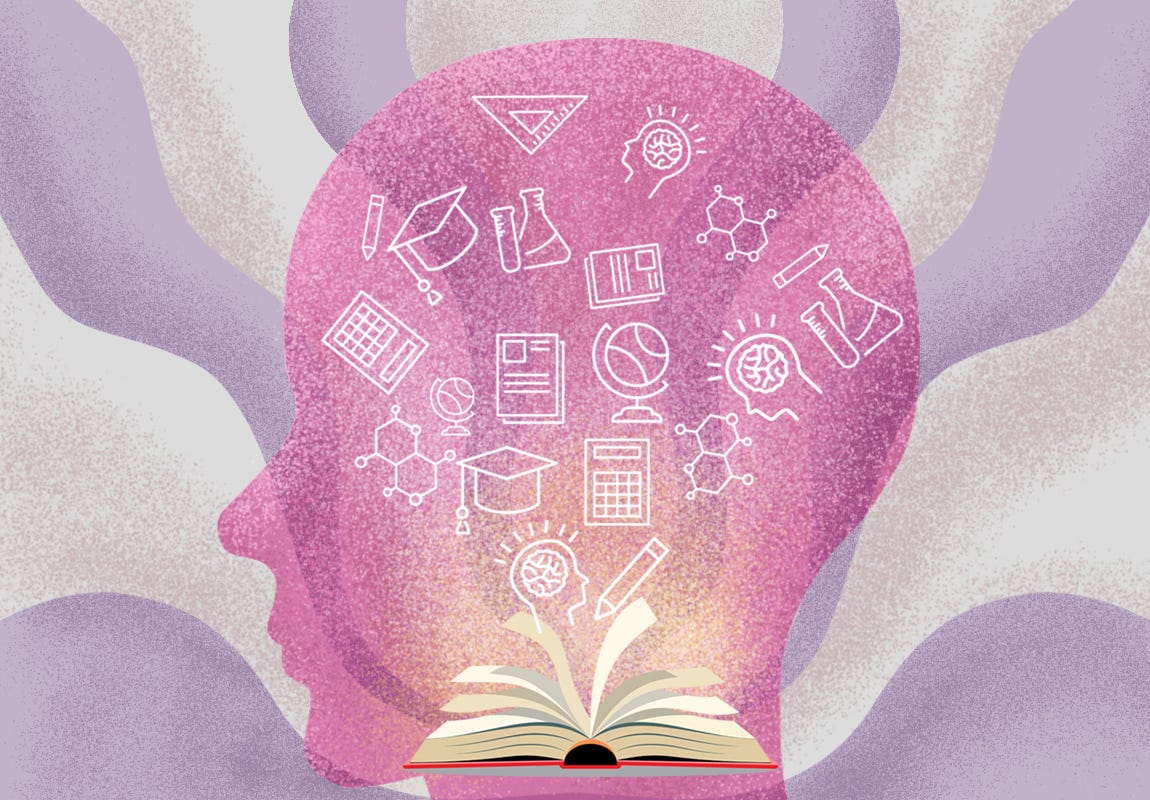Practice and feedback are essential for learning. In a classroom scenario, time is the biggest constraint in providing sufficient practice and feedback. The time it takes for both students and teachers can hinder the flow. The duration of a particular course, a semester or even a class period is already set, and it is not entirely in our control to change the above factors. However, we can be more efficient in designing practice opportunities and giving feedback.
We have to understand that every practice is not equal. There are more and less effective ways in which a student can practice. Let us look at an example. Consider two students who make several errors in a difficult passage of a problem. Both of them spend equal time practising that problem. One student focuses on that difficult passage and then practises the passage in the context of the whole problem. The other student focuses on the problem as a whole a few times without giving any special attention to the difficult passage. The first student is more likely to achieve performance gain even though both have spent equal time in practice. In the second student’s case, much of the time would have been spent practising the parts that were already mastered.
Feedback plays a vital role in keeping a learner’s practice moving towards improvement.
The way the second student practised is an example of unproductive practice. This problem can get even worse when students fail to receive sufficient feedback along the way. From the example given above, we know that the first student is more likely to achieve performance gains. Think of a scenario where this student is not getting any feedback. Though this student’s approach had great potential to fix all the errors, there is a chance to make new errors without even realising them. This way, the first student’s output could have been more problematic without feedback.
Feedback plays a vital role in keeping a learner’s practice moving towards improvement. We can say that students need both productive practice and effective feedback to aid them in learning.
We can define practice as any activity in which students engage their knowledge or skills, whereas feedback is information given to students about their performance. Practice and feedback are most effective when the two are effectively combined. Students may not find it helpful if we provide an enormous amount of feedback if it is not coordinated with practice opportunities. When practice and feedback are focussed on the same aspects of students’ performance, they have the chance to practise and refine their knowledge and skill.
Even though both practice and feedback go hand in hand, we have to deeply analyse and understand their features.
Today, we have covered the introductory aspects of practice and feedback. In the next episode, we can discuss practice in detail.
Thank you for listening. Subscribe to The Scando Review on thescandoreview.com.
Happy Teaching!














How practice and feedback influence learning